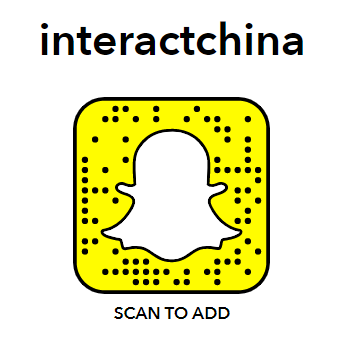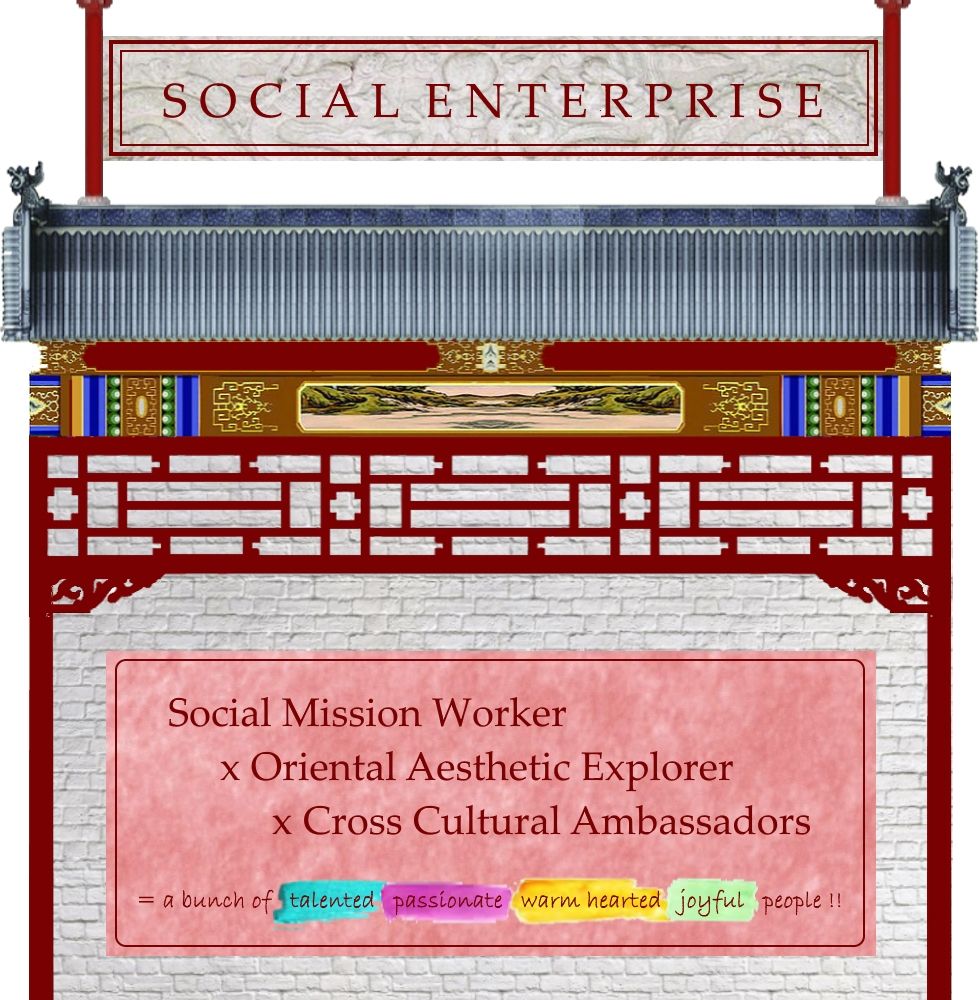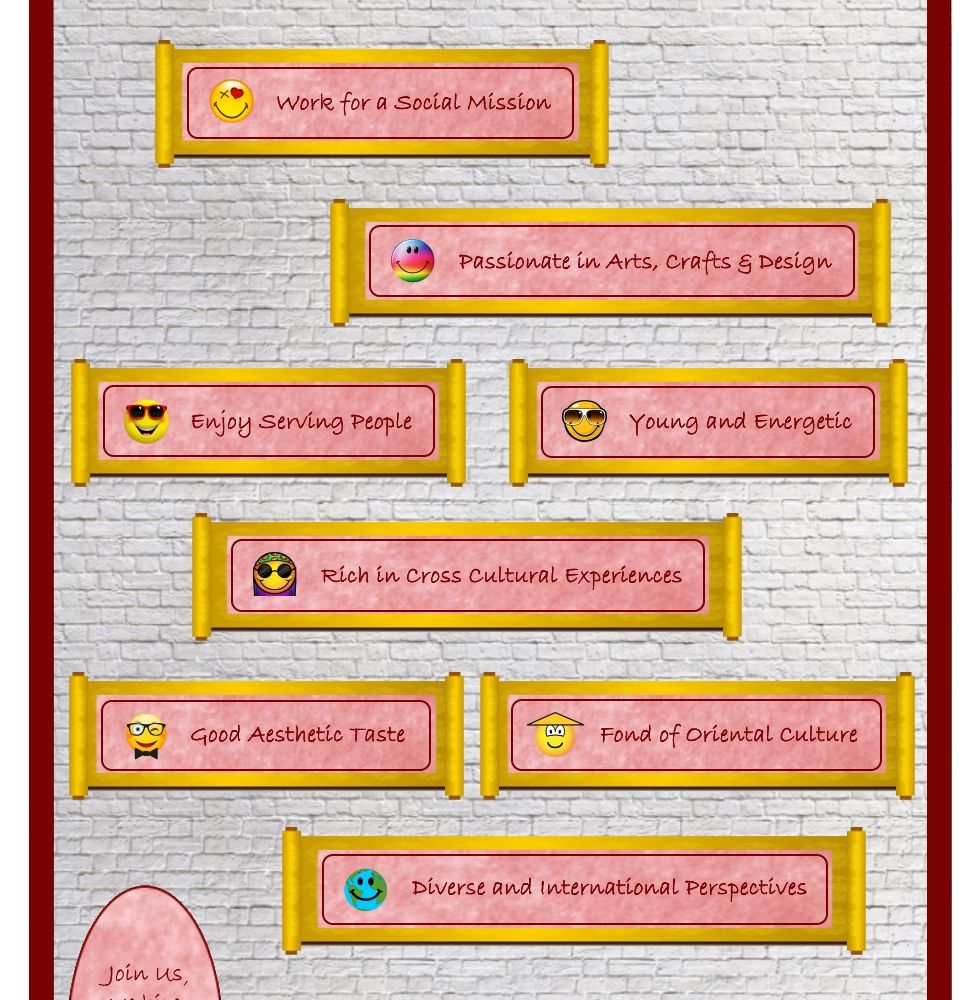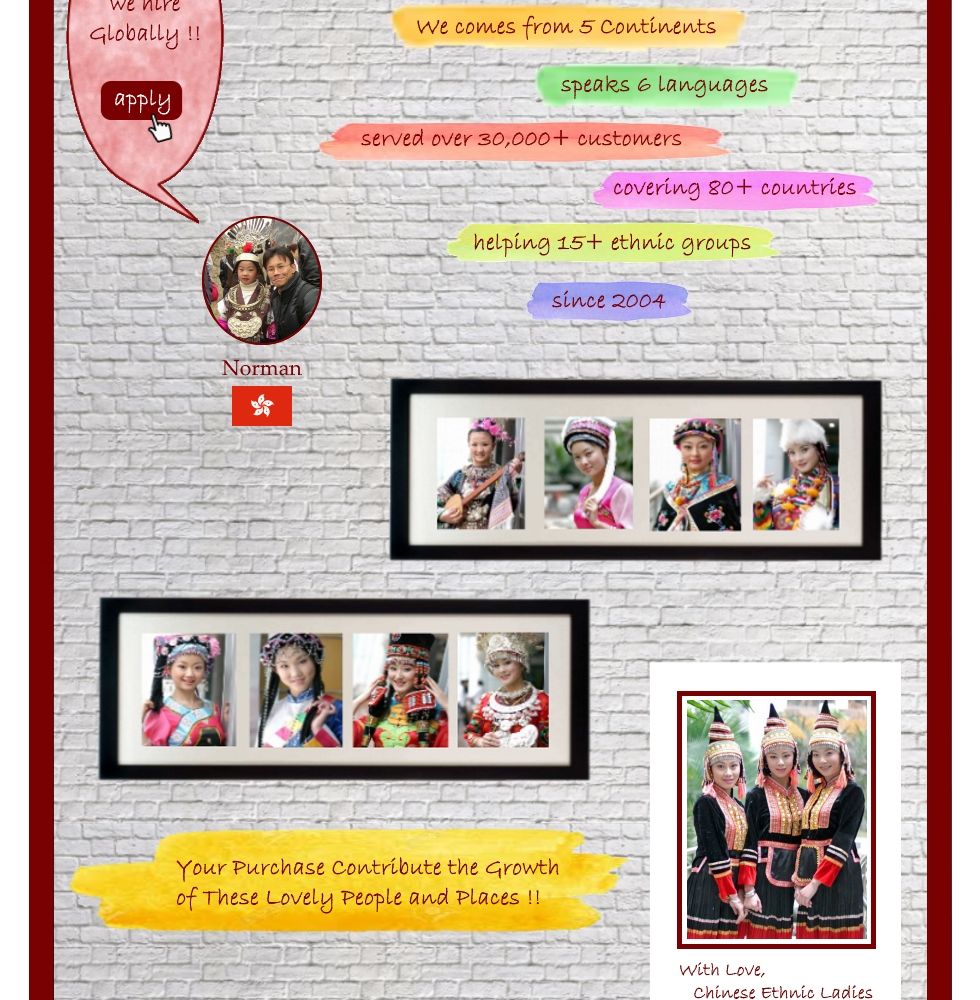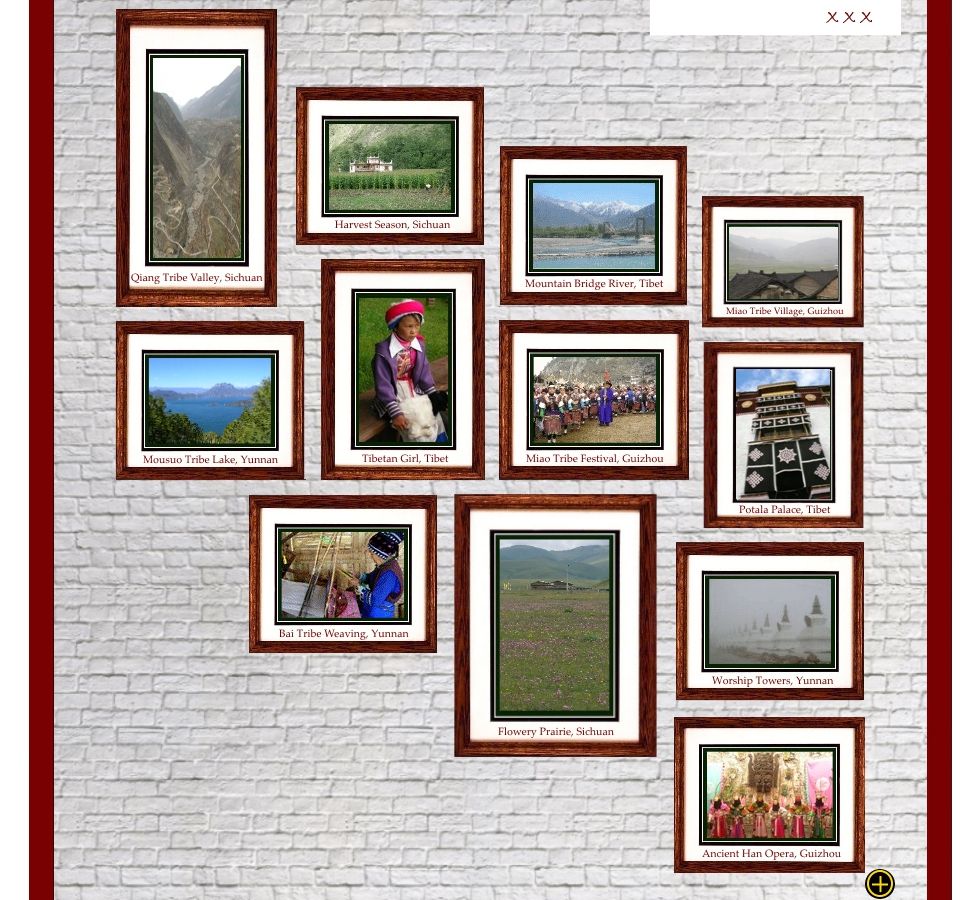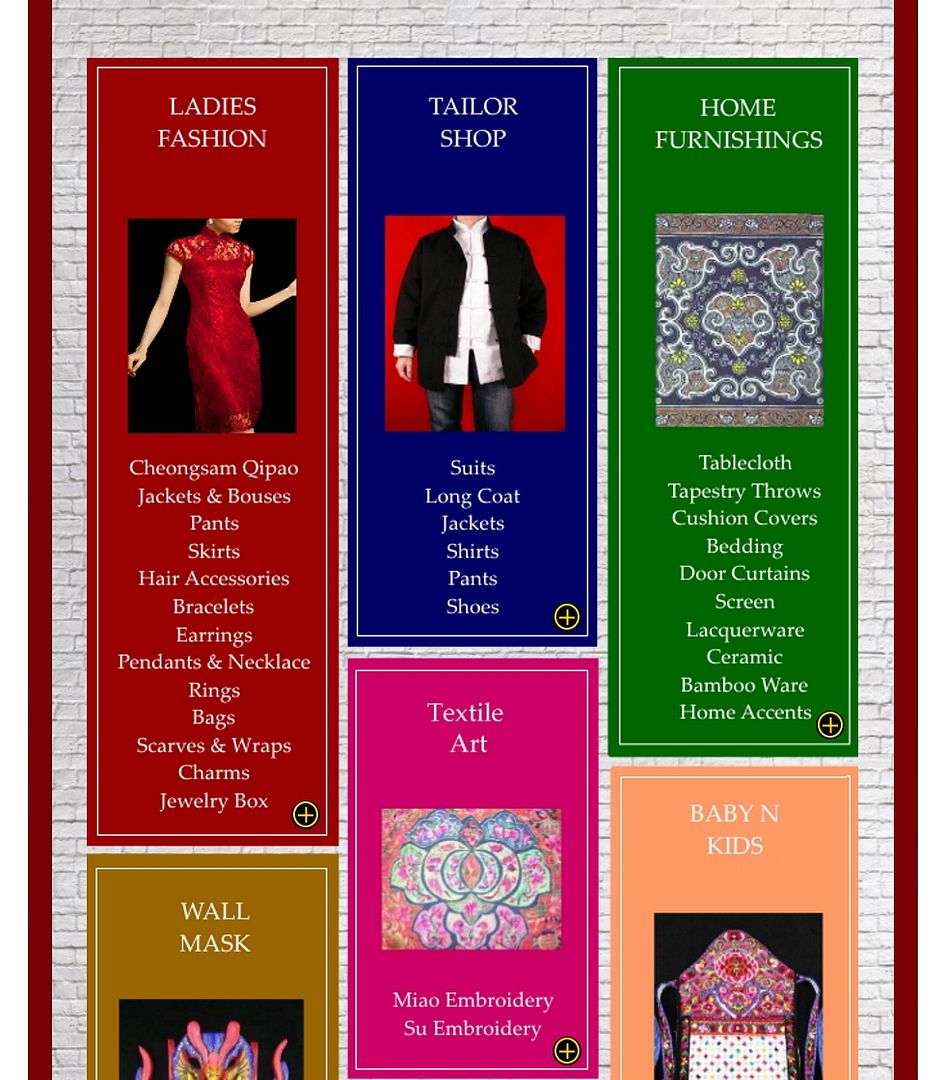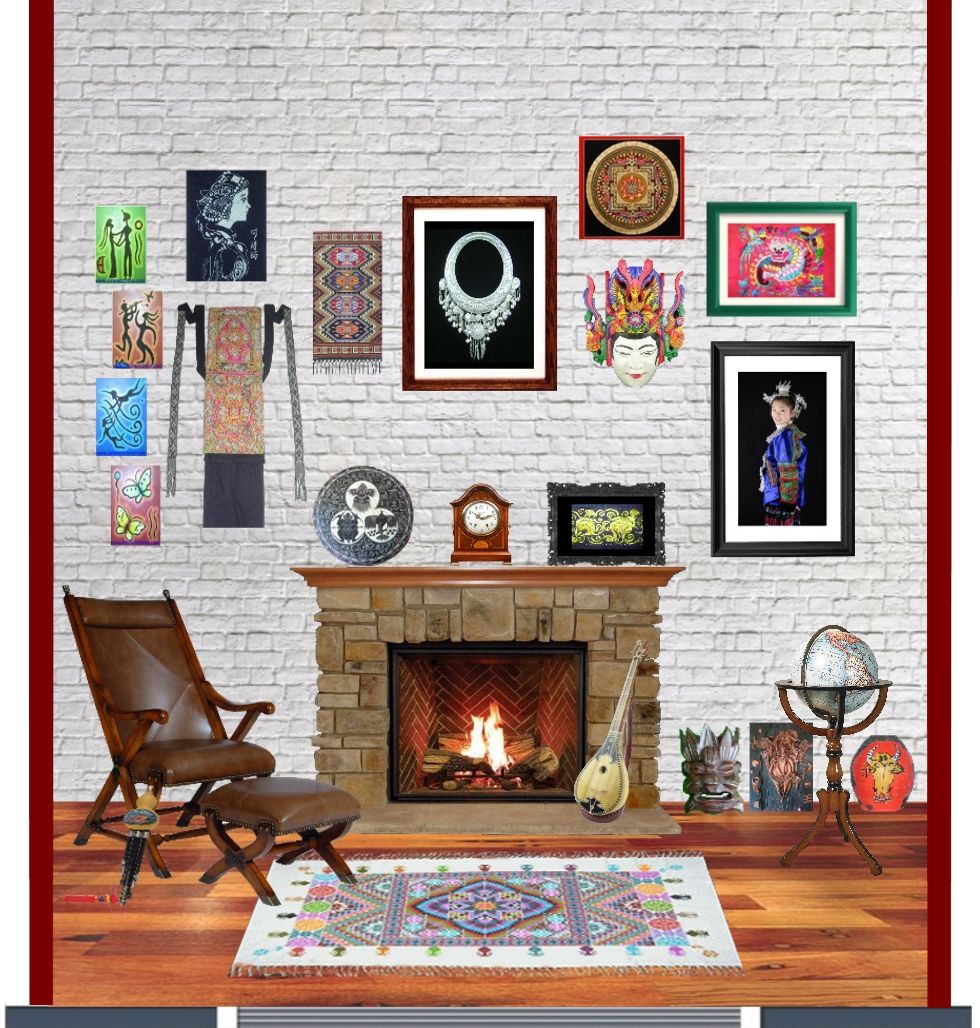Nuo Drama the Living fossil of Chinese Drama (I)
9th Jun 2017
Nuo, also called the Nuo sacrifice, or Nuo ceremony, was originally a type of sacrificial and magic ritual, which was held to expel evil spirits and pestilence during the last month of the Chinese lunar year. Later, Nuo evolved into a dance drama.
Origin

Its name is derived from one such ritual, where people shouted “Nuo!, Nuo!”, to drive away the devil. The nuo ritual procedure includes inviting, welcoming, and thanking spirits. Following the solemn ritual, nuo drama is performed to entertain the spirits. Masked performers, with whips, dance to the sound of different, mysterious tunes — some wearing black, white, or red masks, each with expressions varying from the amiable, to the frightening, and ferocious.  However, with the passing of time and increasing popularization of science, the primitive, superstitious ritual has now been transformed into a theatrical performance for entertainment purposes.
However, with the passing of time and increasing popularization of science, the primitive, superstitious ritual has now been transformed into a theatrical performance for entertainment purposes.
History
The Nuo ritual has been practiced in China for thousands of years, starting from primitive society, when early men performed sacrifices and conducted ceremonial services to pay tribute to ancestors, gods, and goddesses, while exorcising demons.
During ancient times, the nuo dance was originally performed to drive away evil spirits at sacrificial rituals. The ceremony was first recorded on bones and tortoise shells during the Shang Dynasty (16th-17th century BC), and flourished in the Zhou Dynasty (11th century-256BC). As the number of its participants increased from 100 to 1,000, the ceremony became more and more magnificent. At the same time as the grand nuo ceremony began to be held by the royal court, the folk nuo ceremony also began to appear in the countryside.
With the development of science and technology, the dance gradually declined, and in the Central Plains in the middle and lower reaches of the Yellow River, it disappeared completely after the Song Dynasty (960-1279). Today, the dance can only be seen during the Spring Festival in remote mountainous areas, such as Guizhou, Hunan, Yunnan, Sichuan and Anhui provinces, inhabited mostly by minority ethnic groups.
The nuo dance gradually developed into a dance drama and became more of a recreation than a ritual during and after the Tang Dynasty (618-907). It is a masked drama enacted by a priest performing an exorcism, also known as “theater with a presentational aspect, a festival, and the idea of gatherings to establish ties and norms”. The rituals have been incorporated into people’s lives and are seen as commentaries on Chinese life.
Living Fossil of Chinese Drama
Nuo drama is the most direct and important expressive form of nuo culture. It covers primitive religion, folklore and art, and integrates literature, music, dance, drama, painting, calligraphy, sculpture, and paper-cut. The nuo drama has great artistic value and is called a living fossil of drama.
Nuo cultural studies have become a hot topic for academics. But experts say there is still much work to be done.
Qu Liuyi, director of the China Nuo Drama Research Association, said that the crux of the issue is how to protect the original state of the opera, including its costumes, masks, and, more importantly, the cultural environment where the opera developed.
Professor Koichiro Inahata from the prestigious Waseda University in Japan, acknowledged that some old nuo ritual masks have been lost or have sunk into oblivion over the long history.
by Xiao Xiao @ InteractChina.com
About Interact China
-----------------------------------------------------------------------------------------------------------------------------
"A Social Enterprise in E-commerce Promoting Oriental Aesthetic Worldwide"
Aileen & Norman co-founded Interact China in 2004 with specialization in fine Oriental Aesthetic products handmade by ethnic minorities & Han Chinese. Having direct partnerships with artisans, designers, craft masters and tailors, along with 10 years solid experience in e-commerce via InteractChina.com, we position well to bridge talented artisans in the East with the rest of the world, and bring you direct finely selected products that are of good quality and aesthetic taste.
So far we carry 2000+ goods covering Ladies Fashion, Tailor Shop, Home Furnishings, Babies & Kids, Painting Arts, Textile Arts, Carving Arts, Tribal Jewelry Art, Wall Masks and Musical Instruments. Our team speak English, French, German, Spanish and Italian, and serve customers worldwide with passion and hearts.
-----------------------------------------------------------------------------------------------------------------------------
P.S. We Need People with Similar Passion to Join Our Blogging Team!
If you have passion to write about Oriental Aesthetic in Fashion, Home Decor, Art & Crafts, Culture, Music, Books, and Charity, please contact us at bloggers@interactchina.com, we would love to hear from you!






